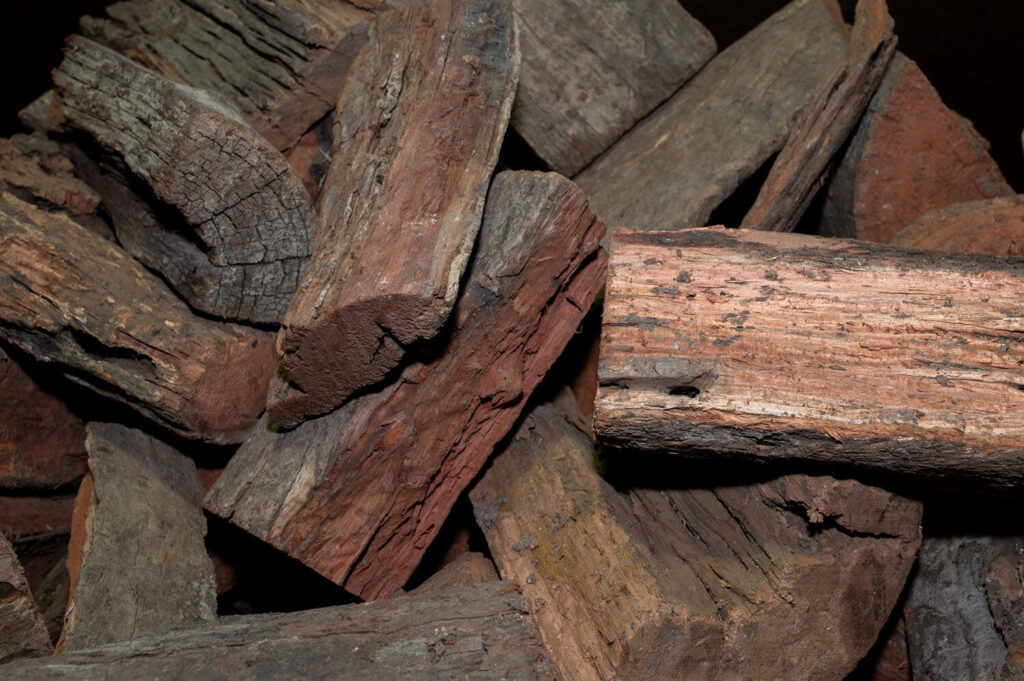Introduction to Redgum Firewood
When it comes to heating your home, few options can rival the warmth and ambiance provided by a traditional wood fire. Among the various types of firewood available, redgum firewood stands out as a premium choice, particularly for residents in Sydney. Known for its exceptional burning qualities and rich aroma, redgum is not only a practical option but also enhances the overall experience of enjoying a fire.
This article delves into the benefits of redgum firewood, its characteristics, and why it is the ideal choice for your home heating needs in Sydney.
Redgum firewood is derived from the Eucalyptus camaldulensis tree, which is native to Australia and renowned for its dense and heavy wood. This density translates into a longer burning time, making it an economical choice for those who want to enjoy a prolonged fire without the need for constant replenishment. Additionally, redgum produces a high heat output, which means that it can effectively warm even the largest of living spaces, making it particularly suitable for the cooler months in Sydney. The unique aroma released during combustion adds a delightful sensory experience, evoking the essence of the Australian bush and creating a cosy atmosphere that is hard to replicate with other heating methods.
Moreover, redgum firewood is often considered environmentally friendly, especially when sourced from sustainable practices. Many suppliers ensure that their firewood is harvested responsibly, promoting the regeneration of forests and maintaining ecological balance. This commitment to sustainability not only helps protect the environment but also provides consumers with peace of mind, knowing that their choice of firewood supports responsible forestry. As you consider your options for home heating, redgum firewood stands out not only for its practical benefits but also for its contribution to a more sustainable future.

What Makes Redgum Firewood Special?
Redgum firewood is derived from the Eucalyptus camaldulensis tree, commonly found in Australia. This species is renowned for its dense and heavy wood, which translates into a longer burning time and a higher heat output compared to other types of firewood.
High Heat Output
One of the standout features of redgum firewood is its high calorific value. It produces more heat per kilogram than many other hardwoods, making it an efficient choice for heating. This means that less wood is required to achieve the same level of warmth, which can lead to cost savings over time.
Moreover, the consistent heat output ensures that your living space remains comfortably warm, even on the coldest winter nights. This efficiency is particularly beneficial for those using wood-fired heaters or open fireplaces.
Long Burning Time
Redgum firewood is known for its slow-burning characteristics. Once ignited, it can burn for hours, providing a steady and prolonged source of heat. This is especially advantageous for those who prefer to enjoy a fire over an extended period without the need for constant replenishment.
This slow burn also means less frequent trips to the woodpile, allowing you to relax and enjoy the warmth without interruption.
Aromatic Experience
In addition to its practical benefits, redgum firewood offers a delightful aromatic experience. When burned, it emits a pleasant, sweet fragrance that enhances the atmosphere of any gathering. This aroma not only adds to the sensory enjoyment of a fire but can also create a more inviting environment for family and friends.
Environmental Considerations
As the world becomes increasingly aware of environmental issues, choosing sustainable firewood options is more important than ever. Redgum firewood, when sourced responsibly, can be an environmentally friendly choice.
Sustainable Sourcing
Many suppliers of redgum firewood are committed to sustainable forestry practices. This means that the wood is harvested in a manner that ensures the health of the forest ecosystem is maintained. By choosing firewood from reputable suppliers, consumers can enjoy the benefits of redgum while supporting responsible environmental stewardship.

Carbon Neutral Heating
Burning wood is often considered a carbon-neutral heating option. Trees absorb carbon dioxide as they grow, and when they are burned, they release this carbon back into the atmosphere. This cycle can help mitigate the impact of greenhouse gases, especially when the wood is sourced sustainably.
However, it is essential to ensure that the wood is seasoned properly, as burning green wood can release more pollutants and negate some of the environmental benefits.
Choosing the Right Redgum Firewood
When selecting redgum firewood for your home, several factors should be considered to ensure you get the best quality product.
Seasoning and Drying
Proper seasoning is crucial for optimal burning. Seasoned redgum firewood has been dried for at least six to twelve months, resulting in lower moisture content. This not only improves the efficiency of the burn but also reduces smoke and creosote buildup in chimneys.
When purchasing, look for wood that is dark in colour, feels lightweight, and has cracks in the ends. These are signs that the wood has been adequately seasoned.
Size and Splitting
The size of the firewood pieces matters significantly. Redgum firewood is typically available in various sizes, and choosing the right size for your fireplace or wood burner is essential. Smaller pieces ignite more easily and burn faster, while larger logs can provide a longer-lasting fire.
It is advisable to split larger logs to ensure they burn more efficiently. Splitting also allows for better airflow, which can enhance the burning process.
Storage and Handling
Once you have purchased your redgum firewood, proper storage is key to maintaining its quality. Firewood should be stored in a dry, well-ventilated area, ideally off the ground to prevent moisture absorption from the soil. Covering the woodpile with a tarp can protect it from rain while allowing airflow to keep it dry.
Handling firewood can be physically demanding, so it is advisable to use gloves and proper lifting techniques to avoid injury.

Using Redgum Firewood in Your Home
Incorporating redgum firewood into your home heating routine can enhance both comfort and aesthetics. Here are some tips for making the most of this premium firewood.
Creating the Perfect Fire
To create a successful fire, start with dry kindling and smaller pieces of redgum. Arrange them in a teepee or log cabin formation to allow for optimal airflow. Once the kindling is burning, gradually add larger logs to build the fire to your desired size.
Maintaining airflow is crucial for a good burn, so avoid overcrowding the fire with too much wood at once. Regularly check the fire and adjust the logs as necessary to keep it burning efficiently.
Safety Considerations
Safety should always be a priority when using firewood. Ensure that your fireplace or wood burner is properly installed and maintained. Use a chimney cap to prevent debris from entering and causing blockages.
Always have a fire extinguisher or a bucket of sand nearby in case of emergencies. Additionally, never leave a fire unattended, and ensure it is completely extinguished before leaving the premises or going to bed.
Conclusion
Redgum firewood offers a range of benefits for those looking to heat their homes in Sydney. Its high heat output, long burning time, and delightful aroma make it a premium choice for any fireplace or wood burner. By choosing sustainably sourced redgum and following best practices for storage and usage, homeowners can enjoy the warmth and comfort of a wood fire while being mindful of the environment.
Whether it’s for a cosy evening with family or a gathering with friends, redgum firewood can transform any space into a welcoming haven. Embrace the charm and efficiency of redgum firewood and elevate your home heating experience today.
Other resources – Pine Bark Mulch vs. Wood Chips: Which is Best for Your Garden?


